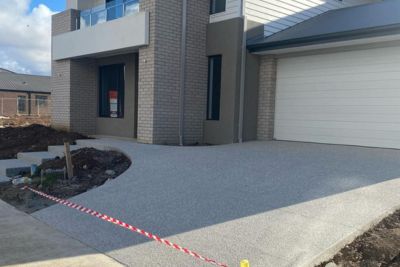Every concreting project requires close attention to detail especially when it comes to the curing process. Whether it’s for a new driveway or a foundation for your shed, the way concrete cures directly influences its long-term durability, strength, and overall performance. Curing ensures that your concrete structures can withstand the unique climate conditions of Geelong, from coastal humidity to seasonal temperature shifts. Understanding the curing process is important to achieve the best results in your concreting projects. In this blog post, we’ll explore the importance of concrete curing, detail the necessary steps, and discuss the factors that influence curing times, ensuring that your concrete project in Geelong is built to last.
What is Concrete Curing?
Concrete curing is the process of maintaining adequate moisture, temperature, and time to allow the concrete to achieve its desired properties for its intended use. This step ensures that the concrete develops the necessary strength and durability to withstand various environmental conditions and load demands. During curing, cement and water react to form a strong bond. Proper curing means keeping the concrete moist and at the right temperature to make sure that the bonding process happens correctly and prevent concrete from becoming weak and brittle.
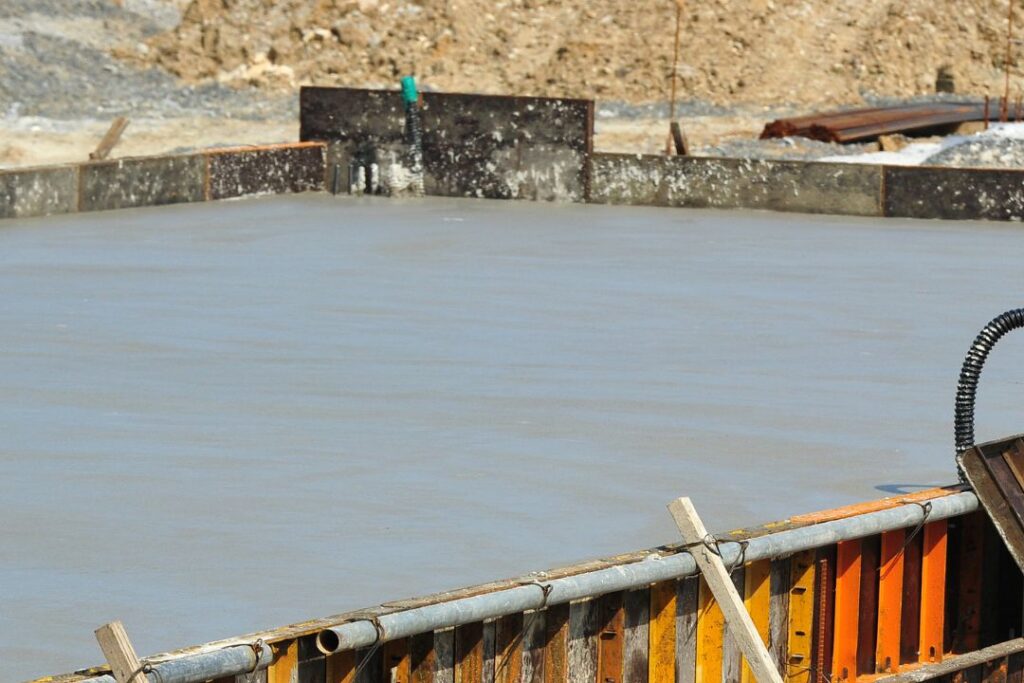
The Importance of Concrete Curing
Proper curing makes concrete more durable. Properly cured concrete can better withstand weather changes and last longer This is especially important in Geelong, where coastal humidity and temperature changes can be tough on concrete structures. It also helps prevent cracks. By keeping the concrete surface moist, curing reduces the risk of shrinkage and cracking. Cracks can ultimately weaken the concrete and result in costly repairs so preventing them at the earliest time is essential. Proper curing also improves the quality of the concrete surface. Well-cured concrete has a smooth, even surface that is less likely to develop powdery residue or flake. It makes concrete look better and helps last it longer.
The Curing Process
Initial Setting
The initial setting occurs within the first few hours after pouring the concrete. During this stage, concrete begins to harden and can already resist slight thumb pressure. This is an indication that the concrete is starting to set, but it is still vulnerable and needs to be protected from drying out too quickly or being disturbed. To protect the concrete during the initial setting stage, cover the concrete with plastic sheeting or damp burlap to retain moisture, or gently spray water on the surface to keep it moist. Keeping the concrete hydrated helps prevent cracks and other issues.
Final Setting
The final setting stage is reached within the first day after pouring. By this time, the concrete has hardened further but is still relatively weak. It is important that the concrete is kept moist during this time to ensure proper hydration. Protecting the concrete from extreme temperatures and maintaining adequate moisture levels are important to prevent cracks and let the concrete continue to gain strength. This can be achieved by using blankets or plastic sheeting to retain moisture and by applying concrete compounds that seal in moisture.
Early Strength Development
In the early strength development phase, the concrete begins to strengthen rapidly, usually occurring within the first few days after pouring. During this stage, the hydration process is in full swing and the concrete begins to develop its structural integrity. Regularly keep the surface moist during this time to support the rapid strength gain.
Continued Hydration
The continued hydration stage spans several weeks to months after the initial pour. Even though the concrete has probably gained the majority of its strength, it will continue to strengthen and harden over time. Maintaining proper curing practices during this period is important to ensure that the concrete achieves its full strength and durability. Consistent moisture and temperature control are key factors in this long-term curing process which can be done by using curing compounds and moisture-retaining coverings.
Factors Affecting Curing Time
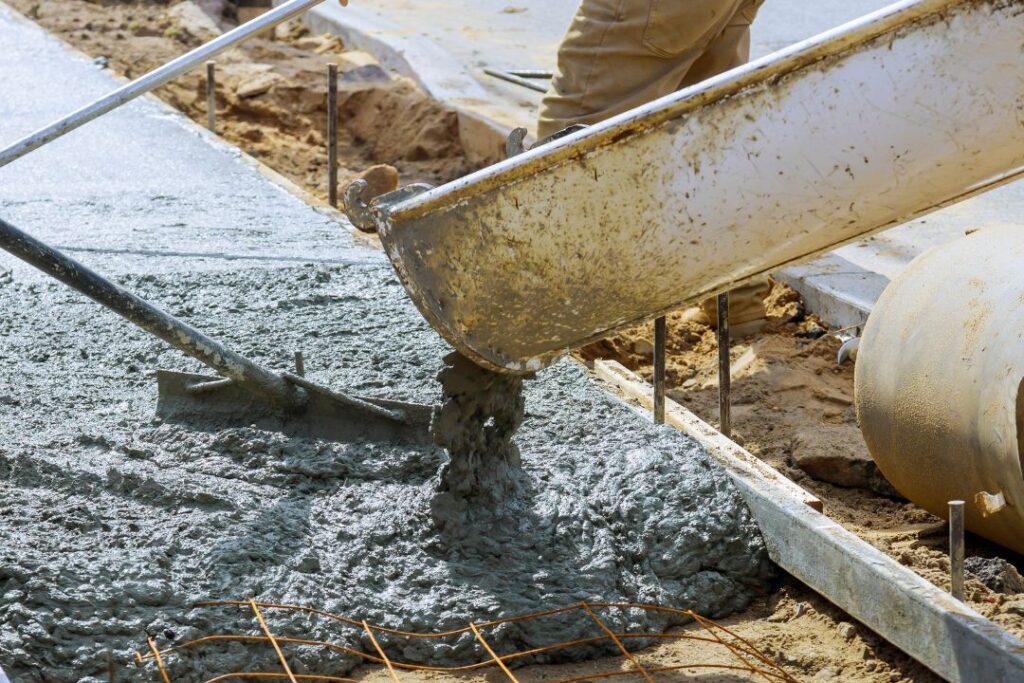
Mix Type
Different concrete mixes have different water-to-cement ratios which directly affect the curing time. A mix with higher water content will generally take longer to cure compared to one with a lower water-to-cement ratio. Specific ingredients and proportions in the mix also play a crucial role in determining how quickly the concrete will set and develop strength.
Environmental Conditions
Temperature and humidity are environmental factors that impact curing time. Higher temperatures accelerate the curing process by speeding up the chemical reactions involved in hydration. However, if it’s too hot, it can dry out the surface too quickly which leads to cracks. On the other hand, cooler temperatures slow down the curing process which extends the time for concrete to reach full strength. Maintaining a consistent temperature and adequate humidity levels is essential for the best curing.
Concrete Thickness
The thickness of the concrete slab can also affect the curing time. Thicker slabs take longer to cure compared to thinner ones because they retain moisture and heat much longer. This extended retention supports hydration deep within the slab which is important in developing strength. Thin slabs lose moisture and heat more quickly, resulting in a shorter curing period.
Moisture Levels
Adequate moisture is necessary to maintain the hydration process to help concrete gain strength and durability. Insufficient moisture can lead to weak and brittle concrete. To ensure proper curing, the concrete should be kept moist, especially during the initial setting. Methods such as regular water spraying, using curing compounds, and covering the surface with damp materials can keep the concrete moist.
Typical Curing Times
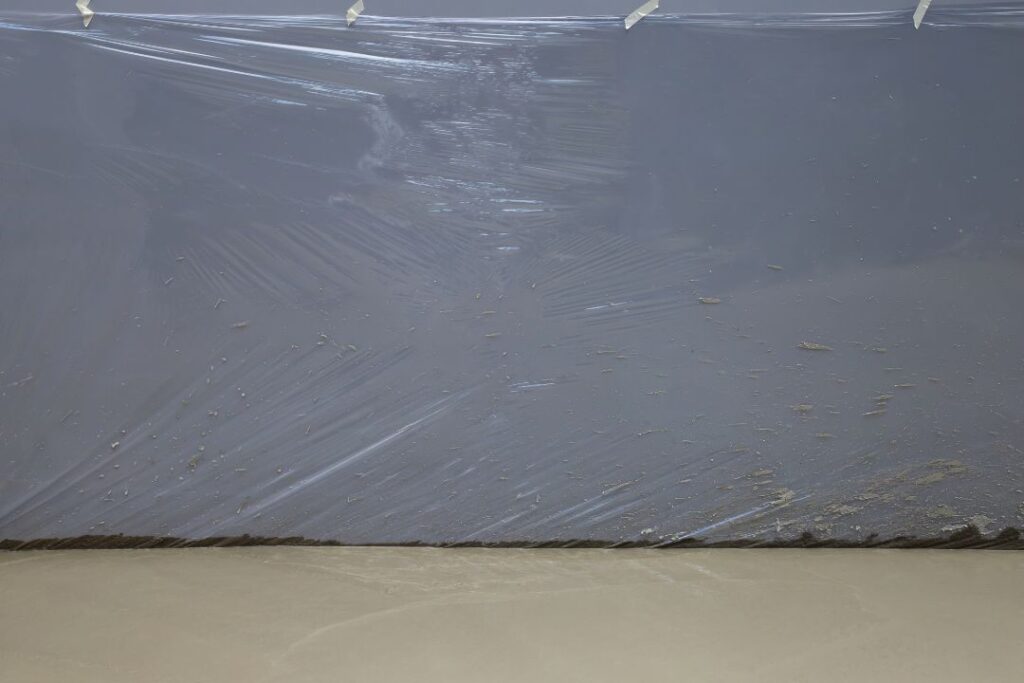
24 to 48 Hours
During the first 24 to 48 hours, the concrete should be protected from drying out too quickly. This period ensures that the hydration process begins properly. To maintain enough moisture, the concrete is often covered with a curing compound, plastic sheeting, or kept moist with water. This helps prevent cracks and supports the initial setting phase.
7 Days
By the end of the first week, the concrete typically reaches about 70% of its full strength. At this point, light foot traffic is already allowed but it is still important to avoid heavy loads or significant disturbances that affect the curing process. Proper curing practices should still be observed to ensure that the concrete continues to gain strength and durability.
28 Days
After 28 days, concrete usually reaches its full strength. This period is the standard for achieving maximum strength and durability in most curing processes. By this time, the concrete is usually ready to handle regular use and support normal loads, making it suitable for most structural applications.
Common Mistakes in Curing
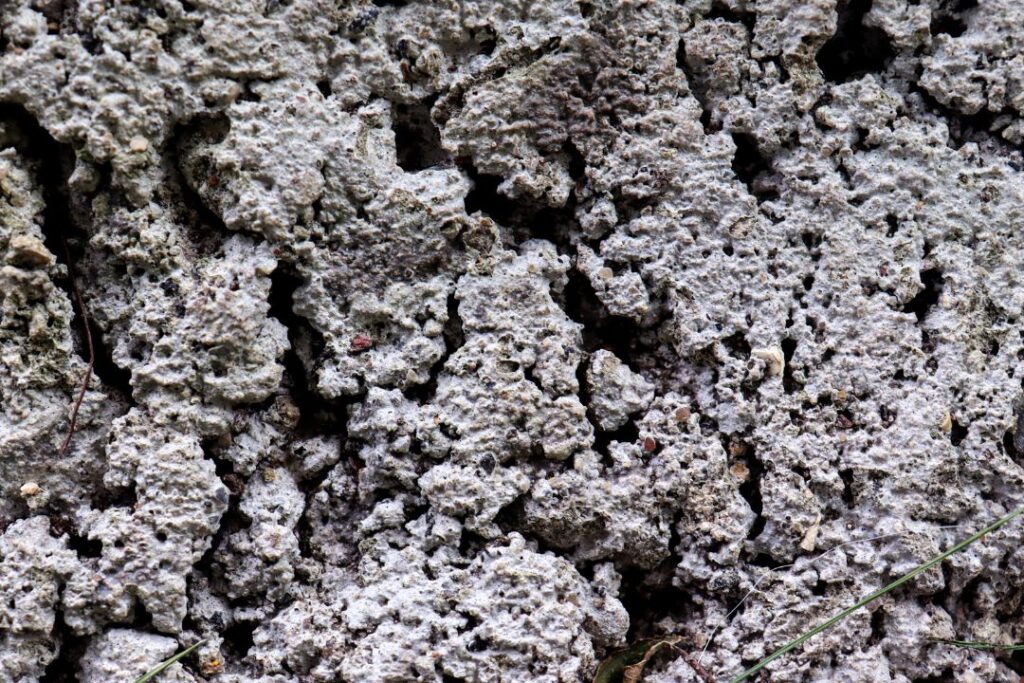
Proper curing is essential to ensure the strength and durability of concrete structures. However, there are common mistakes that can compromise the curing process and lead to substandard results:
Insufficient Moisture
One of the most common mistakes is allowing the concrete to dry out too quickly. Insufficient moisture during the curing process leads to inadequate hydration, resulting in weakened concrete. To avoid this, it is important to keep the concrete surface moist by using methods such as water spraying, covering with a damp burlap, or applying curing compounds. These practices help maintain the necessary moisture levels for proper hydration and strength development.
Extreme Temperatures
Extreme temperatures can significantly affect the curing process. Hot temperatures make concrete dry out too fast, causing cracks and incomplete hardening. Extremely cold temperatures slow down the hardening process, however, that’s not often an issue with the relatively mild winter temperatures in Geelong. To protect the concrete from extreme heat provide shade or cooling measures such as hosing down the concrete during hot weather.
Premature Load Application
Putting weight on concrete too early is another common mistake. If the concrete hasn’t hardened enough, applying loads can damage it and shorten its lifespan. It’s important to wait until concrete reaches sufficient strength before allowing heavy traffic or construction activities. Usually, 28 days is the waiting time until the concrete completely cures, and 7 days is the minimum suggested time frame before you drive your car on freshly poured concrete.
Best Practices for Effective Curing
To ensure that the concrete cures properly, follow these best practices:
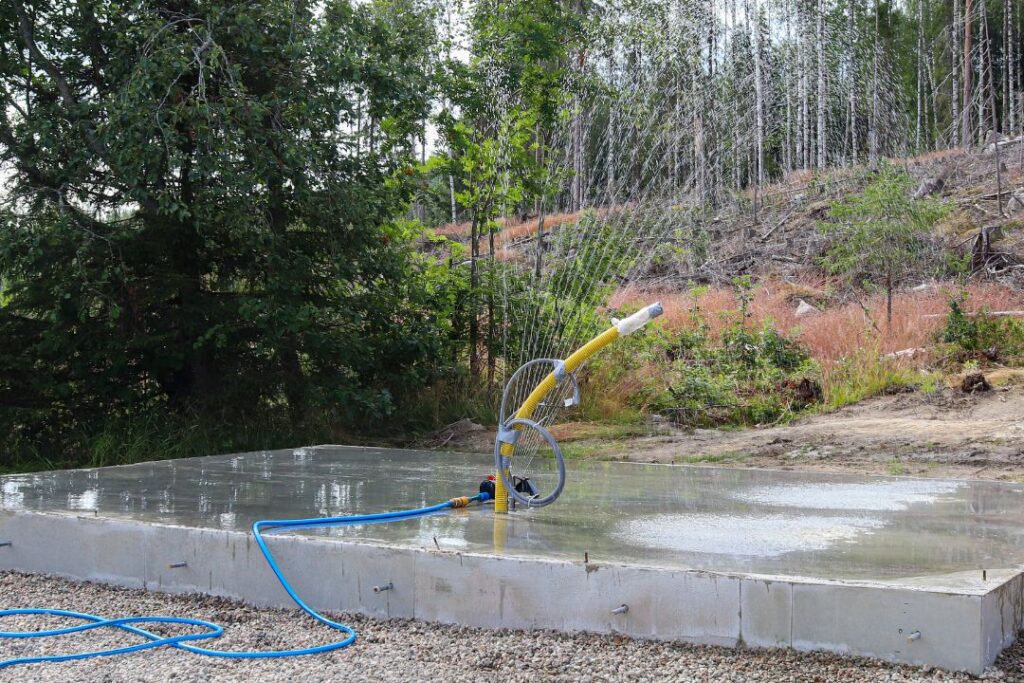
Keep It Moist
Regularly moisten the surface, especially during the initial stages of the curing process. Keeping the surface wet helps concrete hydrate properly and gain strength. This can be done by spraying water on the surface and using wet covers like damp burlap.
Use Curing Compounds
Applying curing compounds to seal in moisture and protect the surface of the concrete. These compounds form a thin, protective layer that helps retain moisture within the concrete, promoting proper curing and preventing cracks. To find the right curing compounds for your project, check out these curing compounds from Allcon Group.
Cover the Surface
Use plastic sheeting or damp burlap to cover the concrete and retain moisture. Covering the surface helps prevent concrete from drying out too quickly and ensures an even hydration throughout the curing process.
Control Temperature
In extreme weather conditions, take steps to maintain a consistent temperature around the concrete. In hot weather, provide shade or cooling measures to prevent rapid drying.
For more detailed techniques on concrete curing, you can refer to Holcim’s guide on curing concrete.
Conclusion
Proper curing is crucial for making sure your concrete is strong, durable, and performs well. By understanding how curing works and what affects it, you can improve the quality and lifespan of your concrete projects. Keeping the concrete moist, controlling the temperature, and avoiding common mistakes are key steps to successful curing. In Geelong, where the weather can change rapidly, following the best practices for concrete curing is very important. These steps help your concrete last longer and stay strong, avoiding problems like cracks and weakness.
To ensure the best results, consider hiring a professional Geelong concreter. A professional will have the knowledge and experience to manage the curing process effectively, ensuring your concrete surfaces achieve maximum strength and durability. Contact us today for a free measure and quote!

